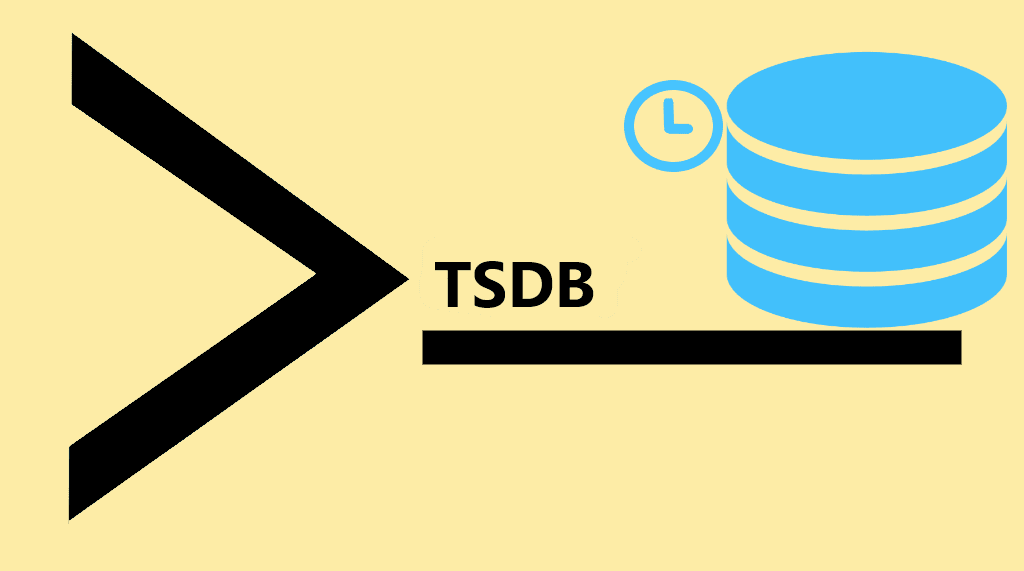Category: Technical Support
In-place CentOS 7 upgrades
CentOS 7 will move to EOL (end-of-life) status on June 30, 2024. Here’s what you need to know about our in-place operating system upgrade from CentOS 7 to AlmaLinux 8.
In this day and age, changing passwords regularly is essential to your internet security. Frequent updates prevent unwanted access to your accounts and sensitive data and keep you one step ahead of possible cyberattacks. By changing passwords regularly, you can stay one step ahead of potential cyberthreats and enhance your digital safety.
Why is your IP blocked?
In this article, you will learn how and why a VPS server or dedicated server might block an Internet Protocol address (IP address) and how to resolve it.
What is CentOS? Everything You Need to Know
Many options are available when considering which operating system (OS) to use for web hosting. In that context, a popular Linux distribution is often brought up. So, what is CentOS exactly in the world of Linux OSs? The Community Enterprise Operating System (CentOS) is an open-source operating system centered around Red Hat Enterprise Linux (RHEL) source code.
Are you curious to read about and find the Server Name Indication (SNI) supporting details for you web hosting solution? SNI allows a web server to determine the domain name for which a particular secure incoming connection is intended outside of the page request itself. While that may not sound like much, its impact is quite significant.
How to Install Pip on CentOS 7
Pip (also known as Pip3 — corresponding to Python 3) is a tool for installing and managing Python packages (the name "Pip" is a recursive anagram for "Pip Installs Packages"). It is considered by many to be essential for developing Python packages. If you're developing or distributing Python packages, Pip is a must-have. In this guide, you will be shown a few methods for installing Pip, as well as a few steps you can take to verify the installation was successful, giving you a smooth start to Python 3 package development. Let's review how to install Pip on CentOS 7.
Get Kernel Version for Linux: A Guide
Linux kernel is the core of the Linux operating system and is responsible for managing system resources such as the CPU, memory, and input/output devices. It is a program that interacts between the hardware and the software, enabling communication between them.
What Is a Time Series Database? How It Works & Use Cases

As the Internet of Things expands quickly, many devices connect to the web and transmit time series data. As a result, industries are interested in creating time series databases with unique management and analytical features.
Strict mode in MySQL and MariaDB controls the handling of invalid or missing values in data-changing queries. This includes INSERT, UPDATE, and CREATE TABLE statements. With MySQL strict mode enabled, which is the default state, invalid or missing data may cause warnings or errors when attempting to process the query.
Our Sales and Support teams are available 24 hours by phone or e-mail to assist.

